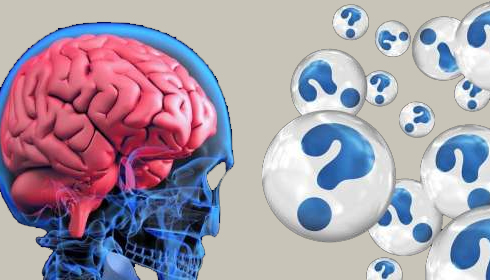
Stem Cell-Derived Extracellular Vesicles Offer New Hope for Alzheimer’s Disease Treatment
Amid a global push for effective Alzheimer’s disease (AD) treatments, a new study suggests that extracellular vesicles (EVs) derived from stem cells may offer significant therapeutic benefits by addressing one of the most pressing challenges in AD research: slowing disease progression. Current treatments largely lack disease-modifying capabilities, making any advancements towards maintaining brain function and reducing AD pathology crucial. This study, which utilized anti-inflammatory EVs from human induced pluripotent stem cell-derived neural stem cells (hiPSC-NSCs), represents an important development in AD research.
Administered intranasally (IN) to 3-month-old 5xFAD mice, a commonly used AD model, the hiPSC-NSC-EVs were observed to interact with key brain cells. Once delivered, the EVs were integrated into the microglia—brain cells responsible for immune defense and neuroinflammation—and associated with astrocytes, cells that support neurons and modulate neuroinflammatory pathways. Single-cell RNA sequencing revealed notable transcriptomic changes, showing reduced activation of these cells, which is commonly elevated in AD patients. This modulation of cell behavior in the brain could counteract neurodegeneration in AD by reducing inflammation-related damage, particularly from microglia activated by toxic amyloid-beta proteins.
The researchers found a notable reduction in genes associated with “disease-associated microglia,” including those implicated in neuroinflammation, such as NLRP3 inflammasome and interferon-1 (IFN-1) signaling. Additionally, astrocytes displayed reduced expression of genes involved in IFN-1 and interleukin-6 signaling, suggesting a broad anti-inflammatory effect from the treatment.
Further testing of hiPSC-NSC-EVs in cultured human microglia exposed to amyloid-beta yielded similar results, reinforcing the potential of this approach for AD therapy. The reduction of inflammation-related signaling cascades appeared to extend beyond the immediate treatment period. "Even two months after administration, microglial changes persisted without impairing their phagocytic function, which is critical for removing harmful substances in the brain," the researchers reported.
In addition to reducing inflammatory signaling, the study showed that the stem cell-derived EV treatment also led to a significant reduction in AD markers in the brain, such as amyloid-beta plaques and phosphorylated tau (p-tau), two hallmark proteins that drive neurodegeneration in AD. Hippocampal astrocyte hypertrophy—a common sign of neuroinflammation—also appeared reduced. Ultimately, these biochemical improvements were accompanied by improved cognitive and mood function in the animal model, further underscoring the therapeutic potential of hiPSC-NSC-EVs.
"Early intervention with hiPSC-NSC-EVs might offer a unique approach to maintaining brain function by restraining adverse neuroinflammatory cascades and reducing amyloid-beta plaques and p-tau accumulation," the researchers explained. As this is the first demonstration of EVs’ efficacy in reducing these markers in an AD model, it paves the way for further exploration of stem cell-based therapies targeting AD-related inflammation and neurodegeneration.
By modulating microglial and astrocyte responses through transcriptomic changes, hiPSC-NSC-EVs appear to be a promising biologic therapy that might hold the potential to counteract Alzheimer’s disease progression. This finding raises hope for developing innovative, effective treatments for AD that go beyond symptom management and target the root mechanisms driving neurodegeneration. Further research will be needed to confirm these findings in humans, but this study opens new avenues in the quest to combat Alzheimer's at its core.